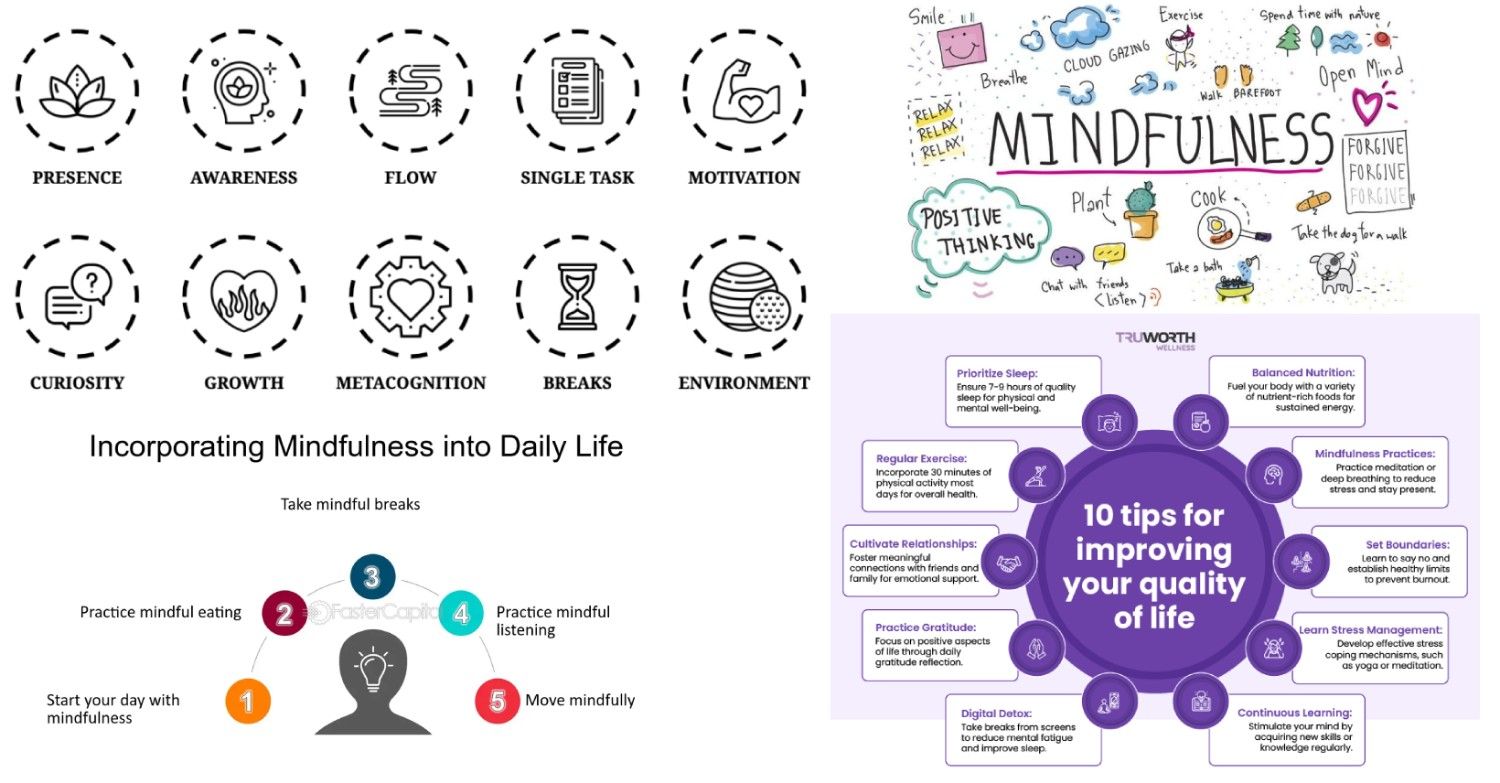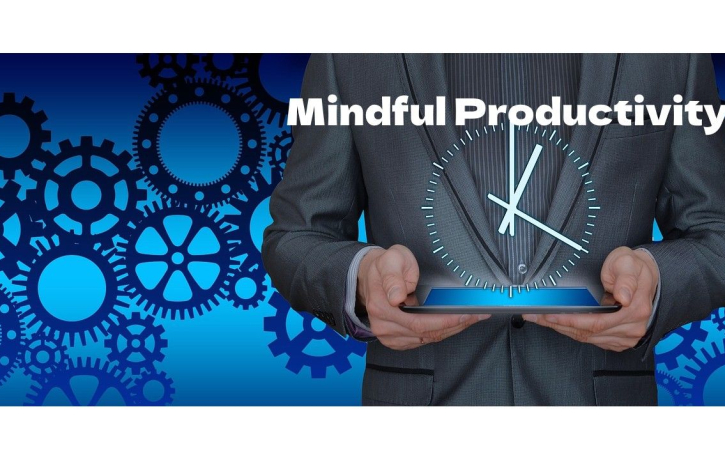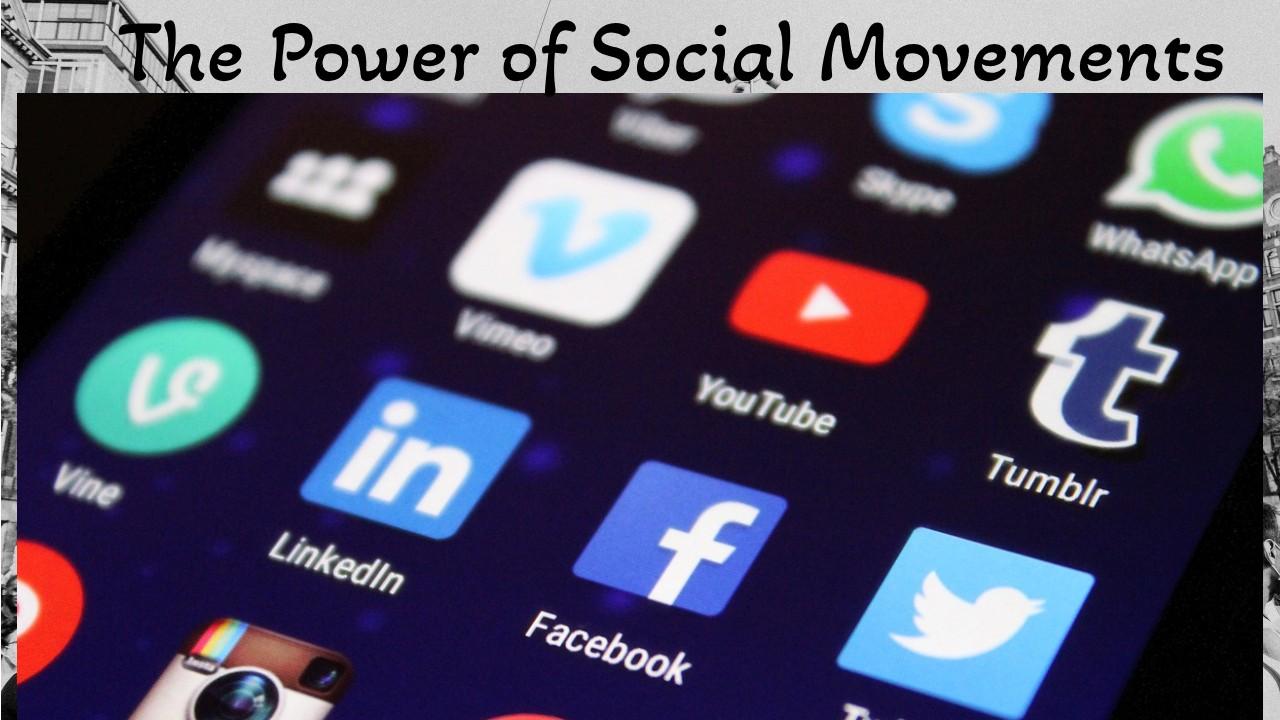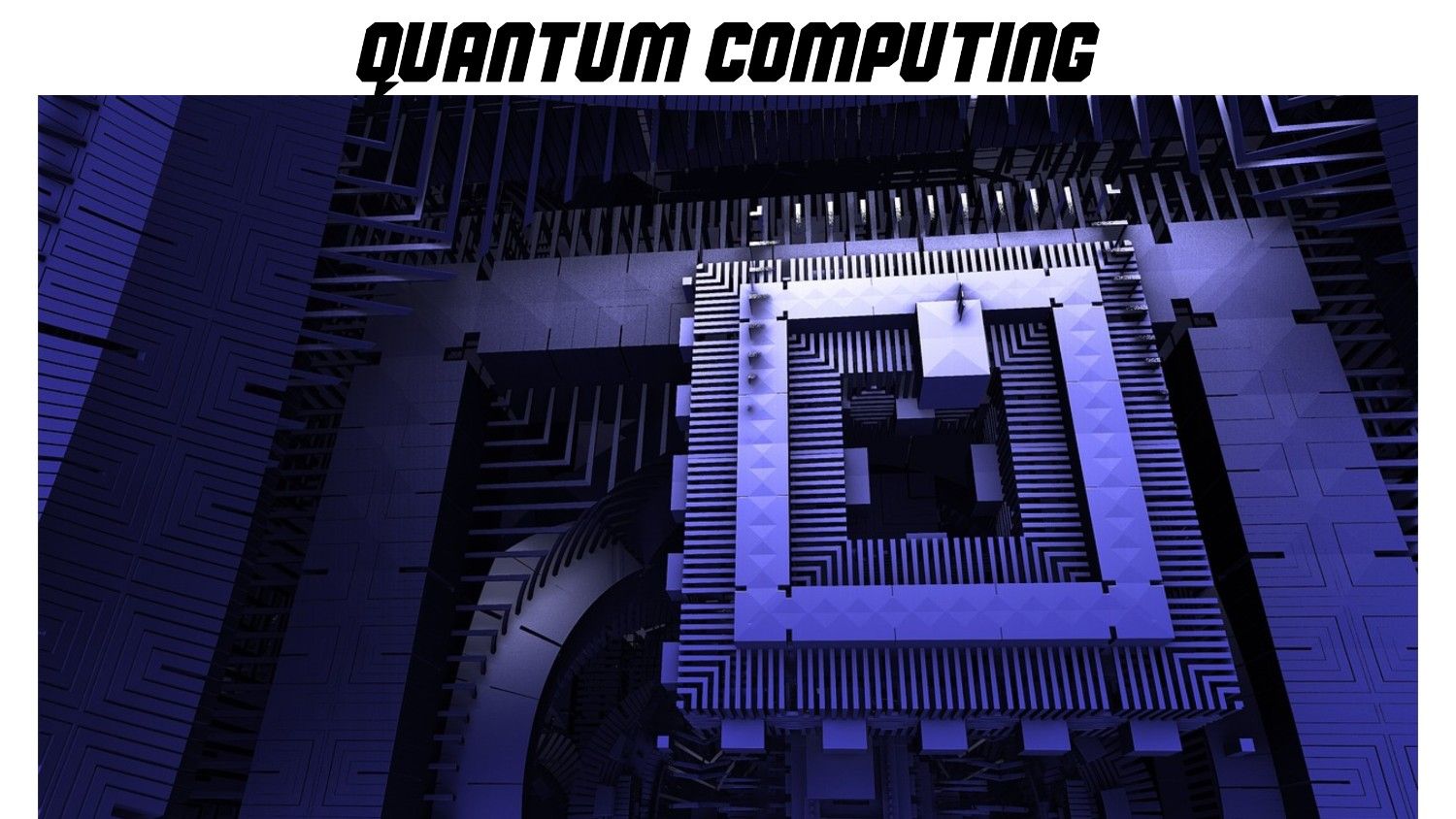
In such a fast-changing world, we have been encouraged to be productive in relentless hustle and sweat without letting up. But, on the other hand, the outcome may result in burnout, stress, and overall poor well-being. Mindful productivity—a balanced, intentional approach to work—blends mindfulness practices with every day working life. It increases your awareness of thought, action, and time use while helping you to get more things done without losing your mental well-being or happiness.
In this article, we will explore how to adapt your lifestyle to incorporate mindful productivity, focusing on practical strategies that can enhance your focus, reduce stress, and boost long-term effectiveness.
What is Mindful Productivity?
Mindful productivity combines the principles of mindfulness-the practice of staying present and fully engaged with the moment-with productivity strategies. Unlike traditional forms of productivity, which are often centered around time management, task lists, and efficiency, mindful productivity focuses on intentionality, awareness, and balance.
It can create an environment for you to act in alignment with your values, goals, and overall well-being by doing your tasks mindfully, not just literally “doing” things. This way, you can do more within any moment you are at while working or in your personal life, being productive, creative, and present.
Benefits of Mindful Productivity
Mindful productivity offers a number of advantages that traditional approaches may not provide, such as:
Improved concentration and focus: Mindfulness exercises train the brain to be concentrated on the present task, thereby dislodging distractions and increasing concentrations.
Decreased stress and anxiety: By slowing down and being intentional with your actions, you can avoid burnout and become less overwhelmed.
Effective time management: Mindful productivity trains you to set priorities depending on the importance of an activity, thereby neglecting unimportant urgency activities that normally occur.
Enhanced creativity: Mindfulness fosters a relaxed, open mind that allows for innovative thinking and problem-solving.
Better work-life balance: Mindfulness teaches you how to recognize when to take breaks, recharge, and spend time with loved ones, which leads to healthier work-life integration.
Now, let’s go directly into practical steps to implement mindful productivity in your daily life.
Essential Techniques for Adopting Mindful Productivity
1. Begin the Day with Purpose
Begin with the way you start your day. Instead of checking email, social media, or diving into work tasks, start with a few mindful minutes to yourself.
How to Start Your Day Mindfully:
Set an intention. Take a moment to think about what you want to achieve for the day-not just work, but also personal things. A clear intention can help guide decision-making and actions.
Practice mindful breathing. Spend 3-5 minutes focusing on your breath. This simple practice does much to calm the mind, sharpen focus, and alleviate anxiety.
Distracting yourself: Do not immediately check your phone or social media; instead, do something that will mind-set you, such as reading a book, writing in a journal, or stretching.
You will be more grounded and centered while setting up your tasks when you start with intention.
2. Tackle the Day with Mindful Focus
The key principle of mindful productivity is prioritization. Rather than trying to stuff as many tasks into a schedule, you should instead focus on the most important things that can impact your work.
How to Prioritize Mindfully:
Use the Eisenhower Matrix: Categorize tasks into four quadrants based on urgency and importance. Then, you can focus on the things that have to be done at once versus what can be postponed or delegated.
Practice the 80/20 Rule (Pareto Principle): Identify that 20% of tasks contribute to 80% of your desired outcomes. By focusing on high-impact activities, you avoid wasting time on low-value tasks.
Single-task instead of multitasking: Multitasking splits the attention and wastes more productive hours. Focus on one task at a time for better results.
It helps you avoid getting carried away with the long list of things to do and increases the possibility of really completing meaningful work.
3. Cultivate a Calm, Organized Work Space
Having disorganized or cluttered space can sometimes make your head cloudy. Conversely, a clean, organized space helps promote thinking, productivity, and mindfulness.
How to Create a Mindful Workspace:
Declutter often: You have to keep all kinds of clutter off your workspace. A clean environment is less likely to distract you and help you think clearer.
Add elements of calming: Make use of plants, natural light or soothing sounds to create a more serene setting
Minimal tools: Work on the most minimalistic tools that can keep you focused and organized like using task management apps to limit distractions.
A peaceful space in which you are able to work will support your mental well-being, better enabling you to perform more clearly and effectively.
4. Mindful Breaks
Breaks are a crucial part of any workday and help you maintain your energy, focus, and production; but rather than merely scrolling through your phone, use breaks as opportunities for mindfulness, which will revitalize both your body and mind.
Mindful Break Ideas
Practice mindful stretching or yoga: Stretching or doing a few yoga poses during your break helps relieve the physical tension and freshen up your mind.
Take a walk: Sometimes, a short walk outside — specifically in nature — is sufficient to reset your mental state and enhance creativity.
Practise meditation: A 5-minute meditation session may help you feel centered and reflective and refocus on tasks.
Mindful breaks prevent burnout and help you increase productivity by letting you recharge and return to work with fresh eyes.
5. Mindful Use of Technology
Technology is a great tool to enhance your productivity; however, sometimes technology can be used as a distraction and be overwhelming. To be mindful in productivity, it is essential to use technologies in ways that support your goals without taking away your attention.
Tips for Technology Use Mindfully:
Set Boundaries: Limit your use of social media and turn off notifications. Apps like Forest or Focus@Will can help you stay on track and avoid distractions.
Time-block your work: Use a timer to allocate specific blocks of time toward focused work. Tools like the Pomodoro Technique work by focusing on 25 minutes of work then taking a 5-minute break.
You should track your screen time by checking regularly your screen time reports and make sure not to waste too much time on unproductive activities.
By being mindful about your use of technology, you can become a more productive person while keeping your mental space safe.
6. Periodic Self-Reflection
Mindful productivity is not a one-time change but is an ongoing process. Reflecting on your behavior will give you a good sense of whether you are doing well in applying mindfulness techniques and adjustments where needed.
How to Reflect Mindfully
Ending your day with gratitude: Before going to bed, reflect on good things that have taken place during the day. Practicing gratitude means mental well-being and positive habits will be re-enforced.
Track your progress: Carry a journal to write about your activities, thoughts, and emotions. This will keep you informed of your daily trends or aspects you need to improve.
Refine your goals: Review your goals and priorities on a regular basis. Be flexible and open to changing your priorities as situations dictate.
Reflecting regularly allows you to maintain mindfulness in your productivity strategy as a sustainable success and balance tool.
Conclusion
Productive mindfulness is one very strong lifestyle adaptation toward greater efficiency and effectiveness. Be intentional and mindful in how you plan out your day, prioritize tasks, organize a clear workspace, take mindful breaks, utilize technology purposefully, and reflect on your progress to change the way you work and live.
Adopting a mindful approach to productivity is not about doing more; it’s about doing what matters most with greater focus, awareness, and intention. By integrating these practices into your daily routine, you’ll be able to achieve your goals while maintaining balance and mental clarity—leading to a more fulfilling, productive life.








